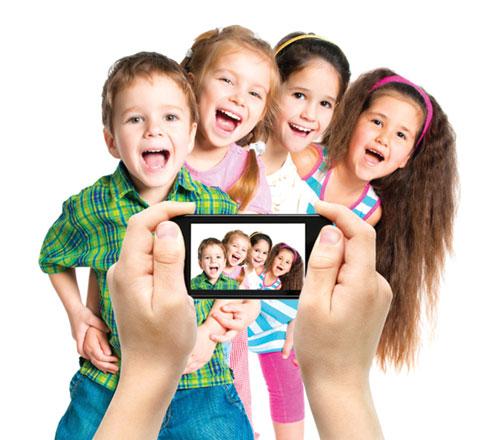You are here
Telling original photos from altered copies
By Jean-Claude Elias - Nov 15,2018 - Last updated at Nov 15,2018
If modified candid photos of birthday parties or of gentle family pictures are not a problem and will not make you lose sleep over their authenticity, there is a certain number of photo types that can be serious reason for trouble; even legal trouble, if altered or tampered with.
These are, for instance: diplomas, contracts, financial statements and proof of payments, scans of any kind of legal or identity documents, and so forth. Even portrait photography must be verified as originals sometime.
Data theft, identity theft, files corruption and hacking are far from being your only digital woes. Files that are altered and modified without you being aware of that are an even worse curse. So much visual information is exchanged digitally across the web today that checking the authenticity of a document has almost become an obsession — a nightmare for some.
Whereas this applies to a variety of documents, from pdf to text, the most flagrant cases of digital document alteration is beyond any doubt that of photos. The word “photo” is to take in its extended meaning here, which includes scanned documents of all kinds. Indeed, these end up as photos in a certain way, and therefore can be post-processed (i.e. altered or modified) at will.
The wide availability and the extraordinary quality of photo touch up software have made it very easy to modify the original shot or scan, and at the same time very difficult for the untrained eye to tell the altered copy from the original. In most cases it is simply impossible.
The notion of a digital signature to authenticate a document was theoretically introduced circa 1980, and actual digital signatures have been available and used for a little more than ten years now, mainly in e-mails, especially since such digital messages have been accepted as legal ones. The first to use such authentication systems were, understandably those working in the high finance world and those in the intelligence services.
On a wide scale however, and for the layman or the private consumer, digital signatures remain rarely used and often constitute a rather complex, somewhat cryptic process.
French IT startup KeeeX has recently come up with a software application named Photo Proof. It lets you generate “Certified Pictures”. And yes, the system is meant to be used by the masses not by IT experts only. With Photo Proof any tampering with a photo, for whatever reason, justified or not, for better or for worse, is impossible. Or at least you can tell if what you are looking at is the original or an altered copy.
The system uses a set of digital parameters to achieve its goal. Once taken, the photo is “timestamped and anchored on the Blockchain. The proofs are saved inside the file, as an invisible seal, and will be shared with the picture. The recipient of the picture can check its integrity, authenticity, location, date, author online”. So yes, here comes Blockchain technology again! Photo Proof certainly puts it to good use.
KeeeX has already made Photo Proof available on Google Play and Apple Store and the app is highly rated by those users who have downloaded it. The company claims it wants to let the population “trust digital again”.
Those addicted to personal photo touch up software take heart. Because certifying photos and digitally authenticating the original shots remain personal choices and are nothing mandatory, it will still be possible to make yourself (or someone else) look thinner, taller or younger on a photograph. However, you might find it harder from now on to convince the receiving party that the photo is an unaltered original, given the wide and easy availability of photo authentication software applications.
Related Articles
By Philippe Grelard and Eric RandolphAgence France-PressePARIS — “NFT” is quickly becoming the acronym of 2021, offering a new way to s
The digital photography (DP) revolution has not only changed how we take pictures, but how we look at them and what we do with them.The DP r
Shoot enough photos and videos, and your phone will eventually fill up. Many phones don’t let you add storage, and moving images to a personal computer is complicated for many people.















